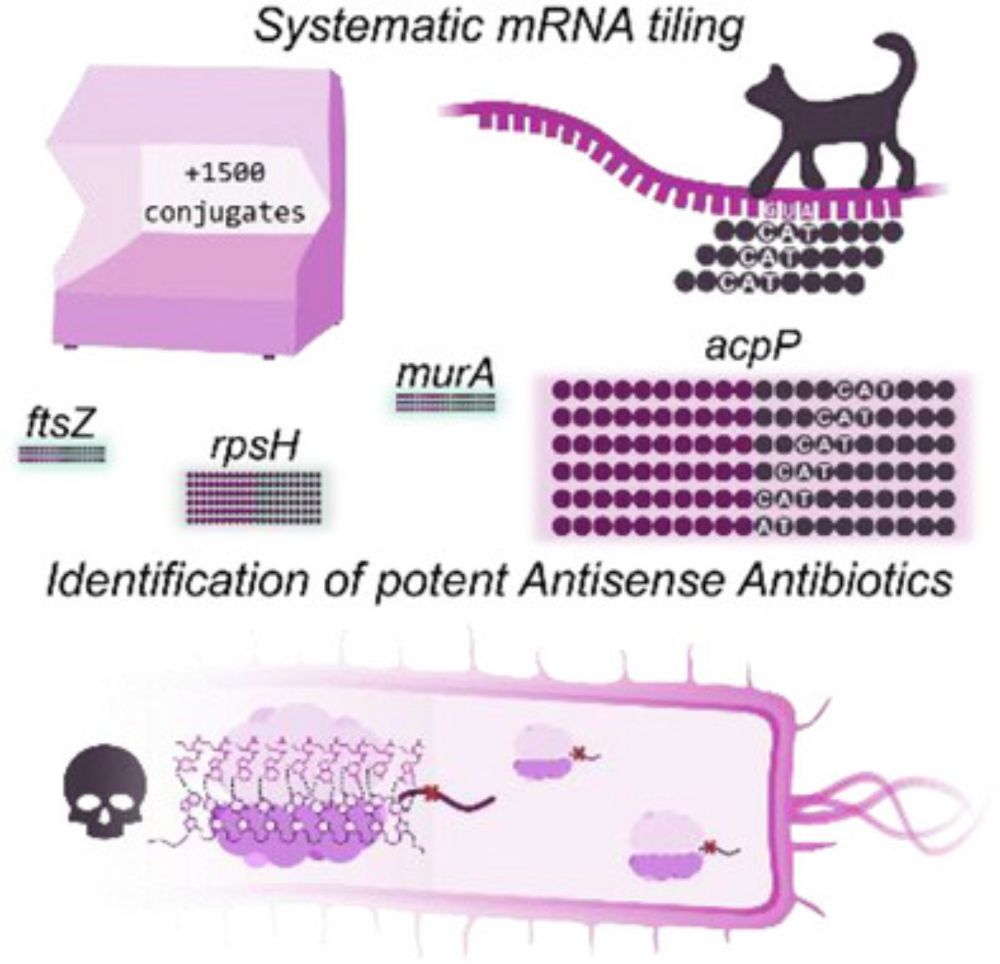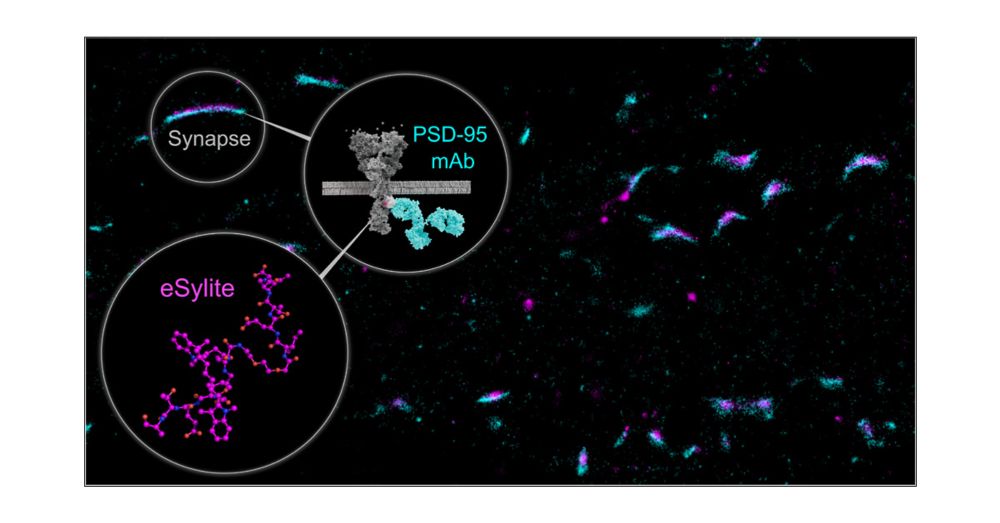#FluorescentProbes #ChemicalBiology
Read it here 🔗 buff.ly/tunBPI2
#ChemSky

Now online in @elife.bsky.social
Looking forward to sharing the revised version!🔜
@hmariclab.bsky.social @uni-wuerzburg.de @maxplanck.de @unimedizin-goe.bsky.social
Now online in @elife.bsky.social
Looking forward to sharing the revised version!🔜
@hmariclab.bsky.social @uni-wuerzburg.de @maxplanck.de @unimedizin-goe.bsky.social
Proud to share with all of you our work on mRNA blocking using our own high-throughput antisense approach! doi.org/10.1002/advs...
Many thanks to @hmariclab.bsky.social, @jorg-vogel-lab.bsky.social and especially Linda for the amazing collaboration 😸

Proud to share with all of you our work on mRNA blocking using our own high-throughput antisense approach! doi.org/10.1002/advs...
Many thanks to @hmariclab.bsky.social, @jorg-vogel-lab.bsky.social and especially Linda for the amazing collaboration 😸
Huge thanks to all authors making this possible!
—Synthetic, high-affinity #ChemicalBiology probes for #SuperResolution #Synapse visualization & precise mapping in neurons and brain slices—without the need for antibodies, tags, or transfection!
📢 Read more: pubs.acs.org/doi/10.1021/...


